Q & A - Roof Transitions, Matching Up Courses
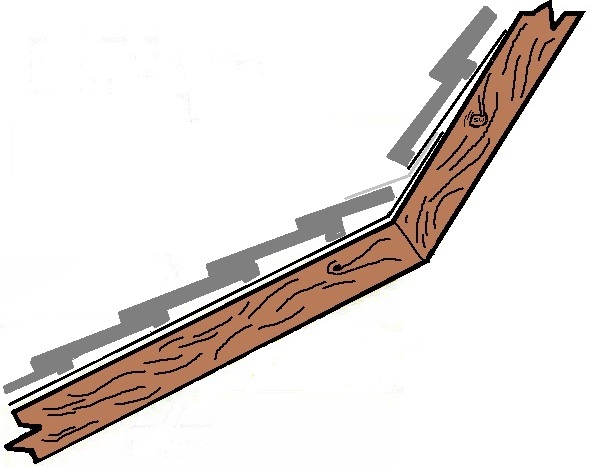
I'm laying asphalt shingles on a newly installed deck roof, will they line up perfectly with the house shingles?
Allen asks, "Hello, I’m laying asphalt shingles on a newly installed deck roof. The roof runs adjacent to the house roof. Like the house, the roof is exactly the same in dimension horizontal as the deck roof is. The deck roof is less of a pitch. House roof 45 degrees and the deck 30 degrees. So my question is, what are the chances of the deck shingles lining up perfectly with the house shingles?"
I think I understand the question, you want the shingles to look correct at the transition. Allen, no matter what you do, there will always be a natural line that shows from the pitch change. To answer the question, the asphalt shingles should lay nicely in this transition without metal if you are roofing both sections at the same time. Seek local building department advice since there may be some code differences from where you live.
Now if you are building an addition and tying the two roofs together, I would strongly advise using a metal flashing terminating the lower roof at the transition. I wouldn’t worry about the courses having equal exposure since there is a big change here anyway. After a little paint matches the shingle color this will look just fine.
45 degrees is a 12/12 pitch and the 30-degree roof is a 7/12 pitch. This is a pretty good chance you will see even if you maintain the same course exposure on up the roof. If you run the lower 7/12 pitch to the transition you still want to run the head of the lap of feeling up and under the 12/12 roof. By installing a metal flashing here 6 inches down the 7/12 and 4 inches bent up the 12/12 and installed underneath the existing last course of asphalt shingles, you will have a good and waterproof transition.
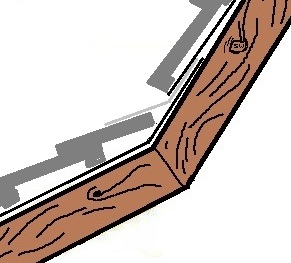 The picture is of a tie roof but I think you can understand what is here and benefit from it. It is my experience that cedar shakes and shingles won’t bend with that severe of a pitching change. Tile and slate need the metal flashing as described and steel roofs need custom fabrication at this transition point. The only roof I would continue up the roof would be asphaltic shingles like you say you are using. Felt or underlayment should always be run up a wall or corner
The picture is of a tie roof but I think you can understand what is here and benefit from it. It is my experience that cedar shakes and shingles won’t bend with that severe of a pitching change. Tile and slate need the metal flashing as described and steel roofs need custom fabrication at this transition point. The only roof I would continue up the roof would be asphaltic shingles like you say you are using. Felt or underlayment should always be run up a wall or corner
Brown is the roof framing and sheathing, the black line is the felt. It is a good idea to get this felt up the 12/12 pitch roof so wind-driven rain does not intrude at the transition. The roof tiles are in grey. Light grey is the flashing that is installed on top of the 7/12 pitched roof and under the 12/12 roof. This flashing can be made from galvanized sheet metal, lead or copper. Lead is typically used with tile roofs that have an irregular profile and are easily molded to it. Getting the flashing under the shingles and felt is most important for a good sound tie-in. Hope this answered your question.
Have a question? AskARoofer.
Find your local roofing contractor in the RoofersCoffeeShop® Contractor Directory.




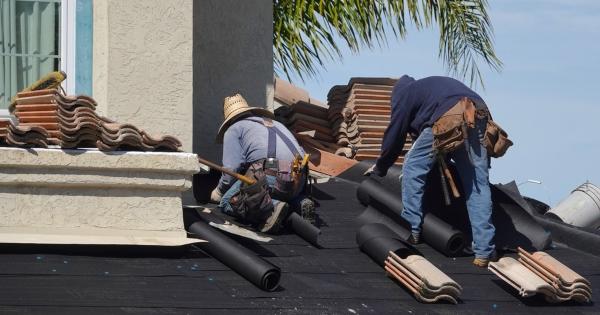
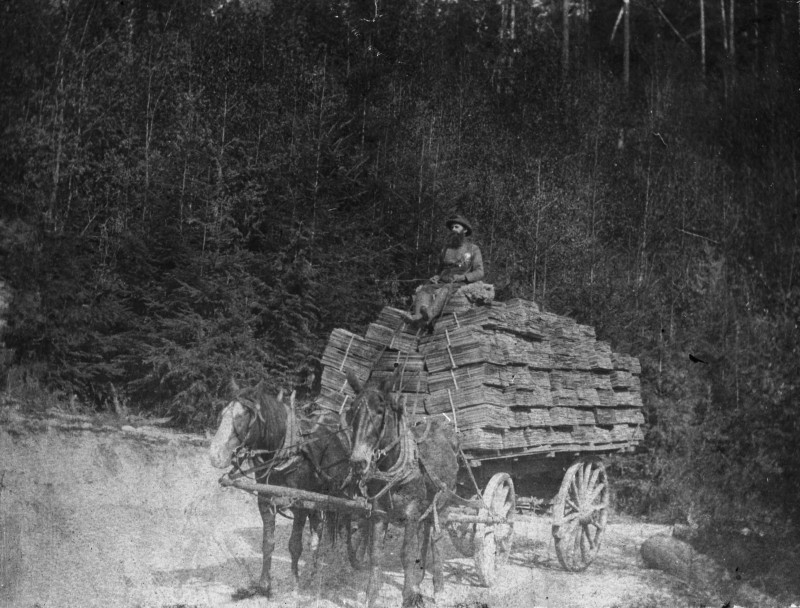
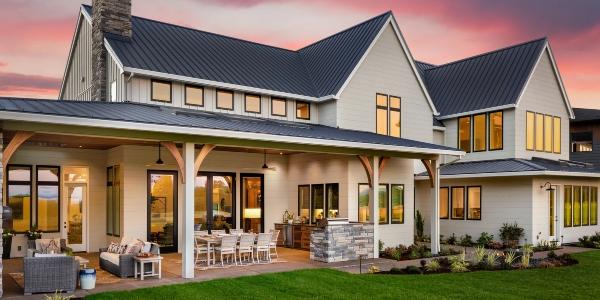






Comments
Leave a Reply
Have an account? Login to leave a comment!
Sign In